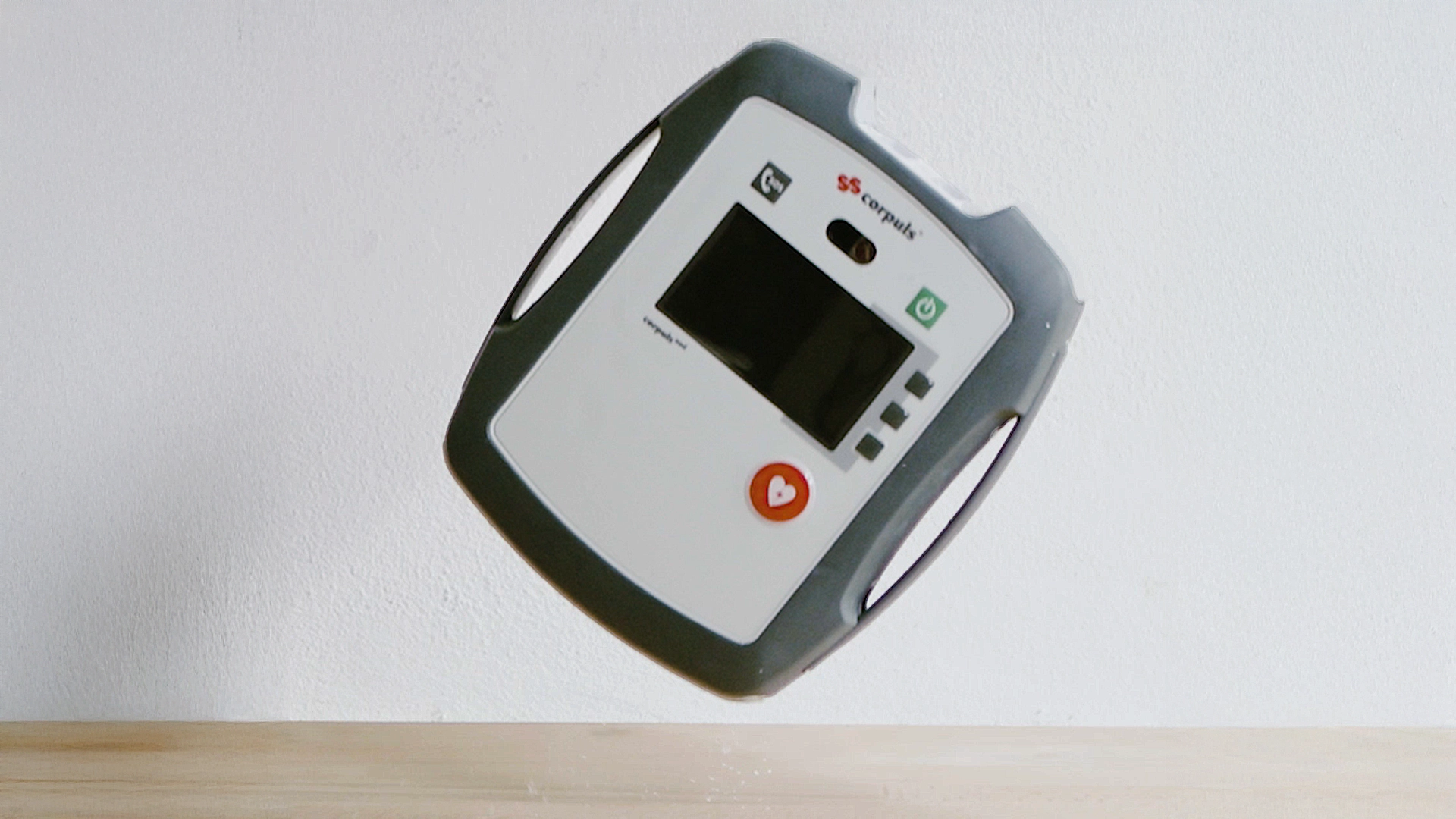Medical Electrical Equipment must follow generic standards and regulations to obtain specific certifications that allow it to be marketed (e.g. CE marking for Europe).
In addition to Electric and Electronic Tests, two of the most common tests that verify compliance with Medical Electrical Equipment requirements, and to support the medical certification, are the IP Test (Ingress Protection) and the Drop Test for the medical device.
The former determines the device’s ability to stop the intrusion of solid and/or liquid bodies, while the latter aims to verify the absence of problems that could occur after a series of falls, and thus allows testing the reliability and durability of the Medical Electrical Equipment.
DROP TESTING OF MEDICAL DEVICES
IEC 60601-1 requires compliance with a Drop Test for portable equipment and Portable ME equipment as well as portable parts and portable parts of ME equipment.
IEC 60601-1 requires portable ME equipment or specific parts to withstand a series of free falls from 1 meter, while the height of the falls for Portable Medical Electrical Equipment are between 2 and 5 cm (depending on the mass of the ME Portable equipment / parts).
Relevant product standards (IEC 60601-2-…) for specific product families may change the conditions (number and directions) and fall height.
HOW TO DO DROP TESTING FOR YOUR MEDICAL DEVICE IN-HOUSE
Before electromedical devices can be sold, 60601-1 certification testing must be performed by an outsourced laboratory. However, this process can take weeks or even months and it is expensive. Instead, you can do testing in-house as you work through the medical device development process, so that you can make design adjustments early on and be confident that the product will pass the final test and can be sold. So, doing basic verification testing in your own lab makes it possible to identify problems and find solutions while you’re still working on a Medical Device Prototype.
Experienced engineers designing a medical device prototype often test it in house first to see how likely it is that the device will pass formal testing later and also for the purpose of quickly resolving any design issues, thereby reducing the overall effort and schedule.
How to conduct in-house drop testing for wearable, portable, or accessory devices:
- Identify the most likely orientations of dropping during normal use
- Place a 45-55 mm thick hardwood board, wide enough to support the device, on the floor
- Make a mark at the required height (according to requirements) on the top of the hardwood board
- Hold the electromedical device at or just above the mark and let it drop freely
- Repeat the test three times for each of the identified orientations
- Examine and/or test the device afterwards by visually looking for sharp or broken edges, performing IP and leak tests, and operating it.
If your device doesn’t pass the test and you’re confident you performed the test correctly, you may need to revise the design of your device to improve its drop or push resistance and repeat the test.
If the Medical Device Prototype passes the test, then it will likely pass formal third-party testing.
That’s it! As mentioned, these tests are not that expensive to set up and perform, but it is definitely worth completing them in-house before formal third party testing. This is also important to avoid any time-to-market delays as formal third-party testing involves higher costs and longer lead times than in-house pre-compliance testing!
Creanova Supports You in Testing Your Medical Device Development
Creanova’s product engineers during the engineering phase improve the designed devices by using IP testing (partial and complete) and Drop test on medical device prototypes.
Prototype tests allow evaluating the behaviour of the product in a similar way to the final pre-sales test and are performed until the validation of the solutions. Creanova’ s product engineers perform or assist in all these electromedical devices tests, either in house or in our partners’ laboratories, in order to be able to detect defects as accurately as possible and for a better and faster evaluation of the improvements to be made.
Our team of experts provides support during all these tests, from pre-compliance to certification tests, helping the medical design validation process proceed as quickly and smoothly as possible.
Corpuls AED is one of the Medical Electrical Equipment that has benefited from the experience of our product engineers by withstanding a multiple free fall from a 150 cm height and achieving IP 66 degree (no dust and no water after 3 minutes under a powerful 100 l/min waterjet), one of the highest and most difficult IP Degree, all within strict size and weight limits.
These results were achieved through the intelligent and skillful use of a combination of sealing systems, structural barriers, fastening solutions and deformable areas, as well as careful and specific materials’ research.
If you need expert advice with your next Medical Device, Creanova guides healthcare companies through the entire medical device development process, from the early stages of defining requirements (incl. mechanical resistance, IP rating) and feasibility study, through industrial design, engineering and prototyping, up to contract manufacturing (ISO 13485 certified).
So, contact us and we will help you build the right plan for your project and bring your idea to market, together.

